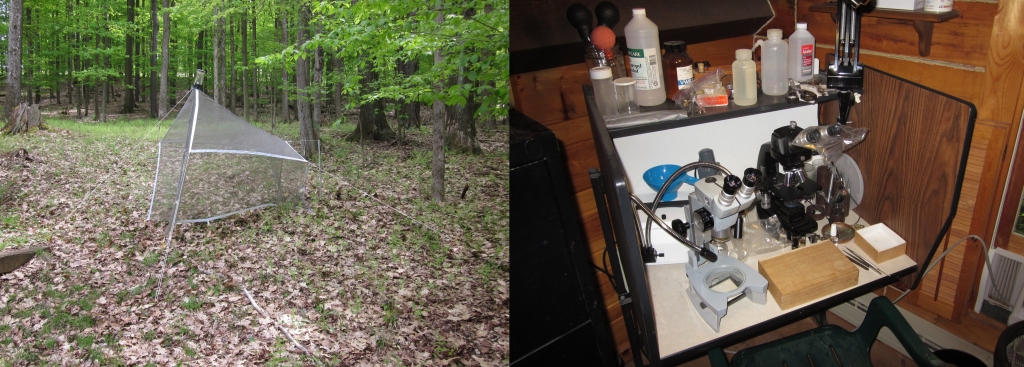Glossary Modified
September 4, 2023
After I posted last week I realized that I had never referred to the hypandrium in either the diagrams in my dissertation or in the illustrations or even in the Glossary included here. My excuse is that since the hypandrium is small or lacking in the Laphriini it really didn't matter. Obviously, given what happened, that was wrong. I also realized that here at least in the Glossary I had not included definitions of some related terms, namely, the basistylus, dististylus, shelf of the basistylus, gonopod, gonocoxite, gonostylus, and epandrium. I decided to fix that today. Each term listed above is now linked to a definition in the Glossary. I am sure that other terms will eventually have to be added as well.
I also wanted to say more about Ewald Karl's view of the hypandrium in Laphriini, since his is the consensus view at present. Here is my translation of the relevant paragraph for Laphriini from his 1959 paper (p.660-661):
"The gonopods are developed strongly and coalesced basally with each other, in a fashion similar to Hoplistomerus. Whether or not a longitudinal crease down the midline of the coalesced basistyli in Nusa atra (Fig. 40A) allows one to infer that the hypandrium has been divided by the coalescence is questionable. I believe that one must assume that a full reduction of the hypandrium has occurred in the Laphriini. And even if the hypandrium has been absorbed with its substance into a new, coalesced unit, one cannot designate this entire unit as the "ninth sternite," as Snodgrsss (1902), Reichardt (1929), Cole (1927), and Brown (1927) have done."
As there are a number of asilidologists that speak fluent German who might be reading this, the original paragraph is produced below--just in case I butchered the translation:
"Ganz ähnlich Hoplistomerus sind die Gonopoden stark entwickelt und basal miteinander verschmolzen. Ob eine Falte bei Nusa atra (Fig. 40A) darauf schließen läßt, däß das Hypandrium sich mit an dem verschmelzungsprozeß beteiligt hat, is sehr fraglich. Ich glaube für die Laphriini eine völlige Reduktion des Hypandriums annehmen zu dürfen. Und selbst wenn das Hypandrium mit seiner Substanz in der neuen verschmolzenen Einheit mit aufgegangen ist, ist es nicht richtig, das ganze Gebilde als "9. Sternit" zu bezeichnen, wie es Snodgrass (1902), Reichardt (1929), Cole (1927) und Brown (1929) tun."
If I did make a mistake translating, please let me know.


 Digg
Digg
 Facebook
Facebook
 StumbleUpon
StumbleUpon
 LinkedIn
LinkedIn
 Twitter
Twitter
 Email
Email